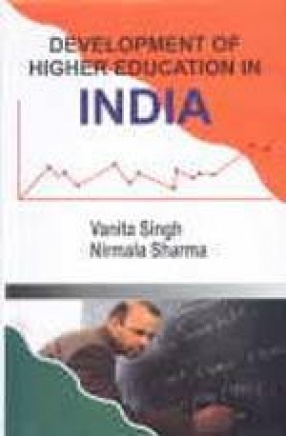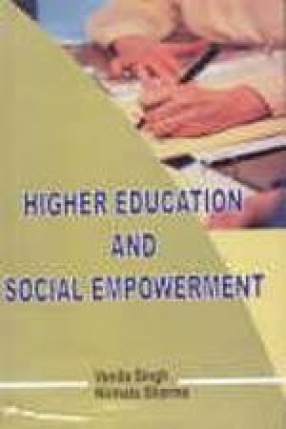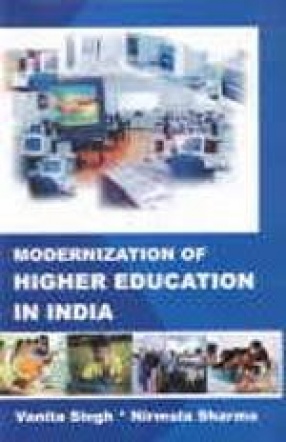
Showing all 4 books

One of the most important sources of curriculum and curricular change has been the knowledge explosion. Since it is manifestly impossible to teach everything there is to know, educators must select from among a growing number of options that which is most appropriate and important for a child to know. With the expansion of knowledge, the ability of students to think for themselves and act like scientists became important curricular objectives, in addition to the ...

At present, the higher education, system comprising of general, technical, medical and agricultural streams, is fragmented in terms of structures and policies. Greater cooperation among the streams should be encouraged by promoting networking, sharing of facilities and development of manpower including teachers' training/orientation facilities. There should be greater coherence in policy and planning. To adequately meet these requirements, the NPE had envisaged ...

Society and the academy once appeared to have such an agreement. After World War II, stimulated by the success of the GI Bill, a social compact seemed to exist between American Society and Higher Education. Although bows to state and regional differences are always in order, this compact clearly covered the country. It rested on a few felt but unwritten principles--on trust, not rules. Americans accepted as an unquestioned act of faith that access to a college ...

As educational systems become more marketised, colleges, schools and non-formal education agencies seeks to build relationships based more on viewing learners as customers rather than participants. The main role of the teacher-turned-classroom manager is to legitimate through mandated subject matter and educational practices a market-based conception of the learner as simply a consumer of information. The result of this incursion by commerce and the widespread ...
